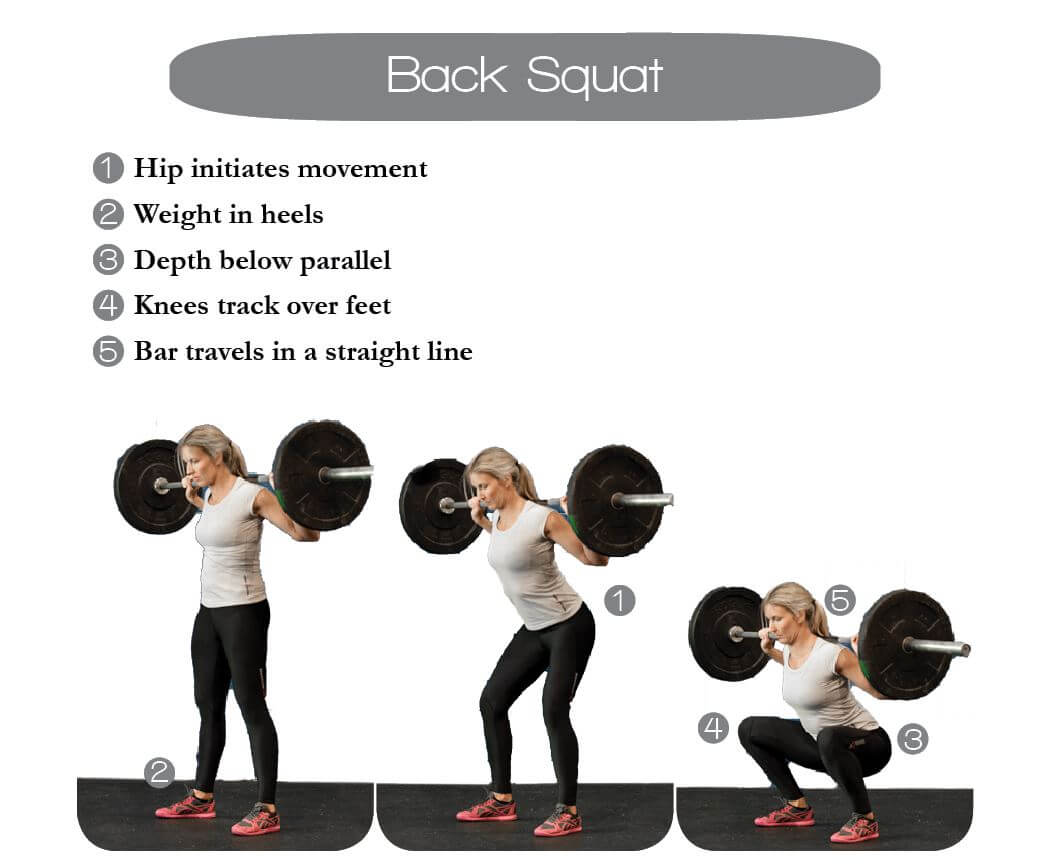This page is entirely dedicated to explaining the fundamentals of weightlifting, including its purpose and a few very beneficial compound movements.
The benefits of weightlifting can be experienced by everyone regardless of age or sex. It has been speculated many times that weightlifting may stunt the growth of children or teenagers or that it may cause harm to those of an older age or people who have chronic diseases. However, for the vast majority of the population, these are merely myths. When using proper form and bearing the appropriate and/or safe amount of weight, weightlifting can help anyone gain muscle mass, increase bone density, boost metabolism, and increase muscular strength, which all contribute towards maximizing longevity. And due to countless exercise variations, almost any weight-bearing movement can be altered in order to accommodate anyone’s physical needs and to eliminate pain during exercising. To make a long story short, the many benefits that come with regular performance of weight training override any real dangers associated with it, and everyone should make an effort to consistently work out in order to experience those benefits.
Now that we have a very broad overview of why you should lift weights on a regular basis, let’s cover the most essential types of lifts in order to not only maximize muscular gain but also use our training time as effectively as possible. To start, it should be made apparent that there are two main types of weight training on the casual level: training for strength and training for hypertrophy. Hypertrophy training, explained in the “Glossary” section, is used for optimal muscle growth in terms of pure size and mass while strength training is weightlifting in order to become physical stronger and not necessarily larger, although muscle tissue will automatically increase in size to a certain degree when training for strength. Evidently, the amount of repetitions per exercise is different for both training styles: for hypertrophy, you should perform sets with 8-12 repetitions while using 60%-80% effort, and strength training normally consists of 1-6 repetitions per set with greater than or equal to 80% intensity (Schoenfeld). These principles apply to most if not all weight-bearing movements, such as the ones listed below.
Each of the following compound movements are provided with a short description and diagram to aid in explaining how to properly perform it and what muscles are being worked.
Barbell Back Squat. This lift is one that many people are familiar with but might not know all of its benefits. For one, this lift is working almost all of our leg muscles above the knee such as hamstring (the back of our leg), glutes, and, mainly, the quadriceps (the front portion). Additionally, this lift forces us to utilize stability in our hips and abdominals in order to brace ourselves from collapsing and cause injury.

Figure 2: The downward movement of the barbell back squat, indicating certain focal points in the knees, feet, hips, and bar itself for proper form. (Image credit: Journalmenu)
Bench Press. Again, this lift is one that many people are most likely familiar with to a certain degree. The muscles that are primarily being worked during proper motion of this lift are the triceps, front deltoids (the front of your shoulders), and the pectorals (your chest). This a fantastic lift for upper body training, especially for strength. It should be noted that your feet, lower back, shoulders, and head should all be firmly planted on the ground/bench during the entirety of this lift.
Figure 3: The correct movement pattern of the flat bench press during both upward and downward motions with working muscles also located. (Image credit: Allison Mhangoh)
There are plenty of other compound exercises that can be performed in order to work other muscle groups in our entire body. Lifts that utilize only one muscle group are, of course, also extremely beneficial for strength and hypertrophy. It just comes down to time management, dedication, and overall goals when deciding on which lifts to perform and when. Resources to information regarding more movements as well as developing an actual training program will be listed in the “Further Readings” section.